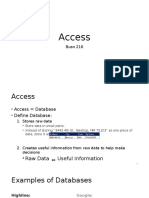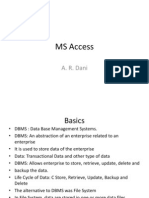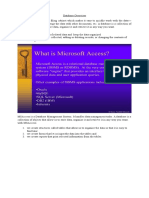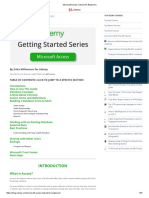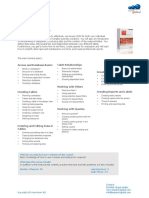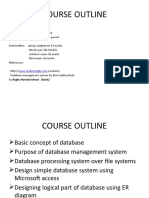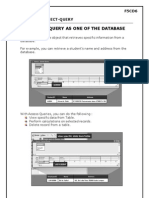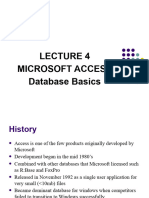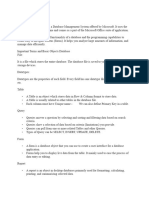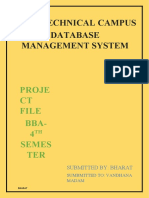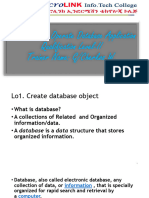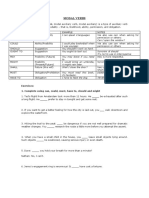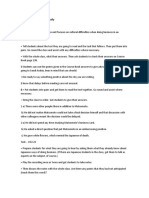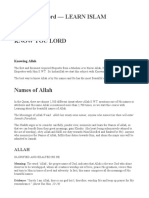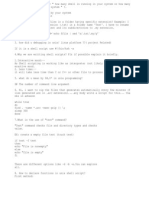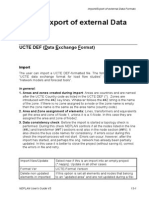0% found this document useful (0 votes)
11 views3 pagesMS Access Basics Expanded Course Notes
The document provides an overview of MS Access, a desktop database management system, highlighting its components, uses, and navigation. It covers creating databases, working with tables, establishing relationships, creating queries, designing forms, and generating reports. Additionally, it includes practical exercises and assessments to reinforce learning.
Uploaded by
countytechsolutions254Copyright
© © All Rights Reserved
We take content rights seriously. If you suspect this is your content, claim it here.
Available Formats
Download as PDF, TXT or read online on Scribd
0% found this document useful (0 votes)
11 views3 pagesMS Access Basics Expanded Course Notes
The document provides an overview of MS Access, a desktop database management system, highlighting its components, uses, and navigation. It covers creating databases, working with tables, establishing relationships, creating queries, designing forms, and generating reports. Additionally, it includes practical exercises and assessments to reinforce learning.
Uploaded by
countytechsolutions254Copyright
© © All Rights Reserved
We take content rights seriously. If you suspect this is your content, claim it here.
Available Formats
Download as PDF, TXT or read online on Scribd
/ 3
















